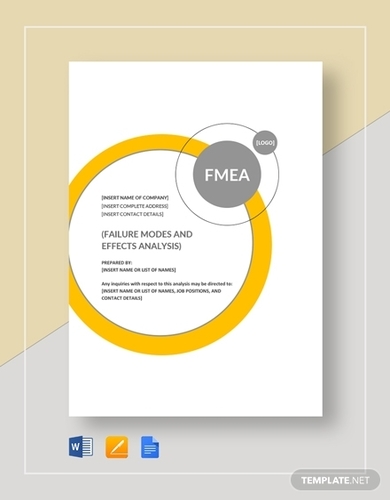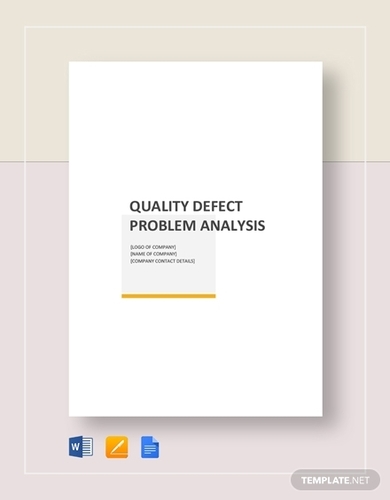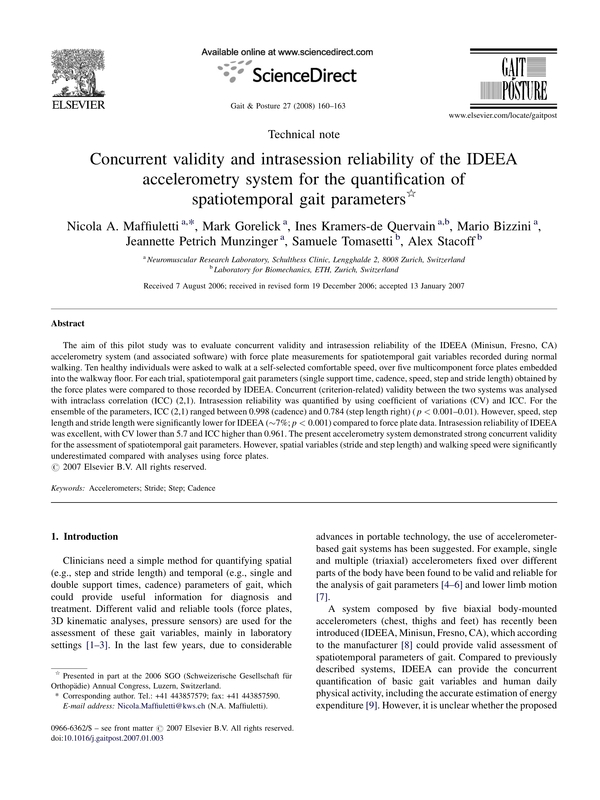10+ Concurrent Validity Examples to Download
Measuring up to someone you idolize is so much pressure. Not everyone can level with an established personality like it’s nothing. There is so much you have to prove before you can even call yourselves equals. And when you can’t live up to your predecessor, all you are left with is an overwhelming poignancy. That is why people train and perfect themselves to be as good as the ones that came before them. When there is a standard set for you to live up to, your goal is to surpass it. Whatever craft or creation it is, you need to make sure that your new product is the best.
In a world that standardizes everything, you need to be able to keep up with the quality. That is why standardized tests exist to measure something based on certain aspects. But these tests also need to be valid. They need to pass individual validity. One of these criteria is concurrent validity. This type of validity simultaneously measures how a new test compares to the design of a credited test. Researchers use this as a way to find and certify new method for similar constructs that are different from the one that already exists within a short timeframe. This applies to many fields like social sciences exams, psychology tests, and educational questionnaires.
Criterion Validity
Some freshly released products are just new and shinier versions of the archetype. They aren’t always improved and updated. Just like with vehicles, maybe it’s only a new paint job with the same tired engine. Assuring that there is management development, you need to analyze the subjects seriously. When it comes to measurement procedures, this is called criterion validity. Criterion validity actually comes in two subsections: concurrent validity and predictive validity. As said, concurrent validity measures and compares new and established tests within a short amount of time. Predictive validity, on the other hand, measures the data and reliability of different tests with a significantly large amount of time between them. The only known difference between these two is the time difference of the assessments.
10+ Concurrent Validity Examples and Templates
Does your research involve a project analysis of the concurrent validity of your variables? Do you need a template that can hold any facts and statistics of your gathered data? Well, you don’t need to worry because there’s a list just for you. Here are 10+ concurrent validity examples and templates.
1. FMEA Analysis Template

2. Problem Analysis Template

3. Capabilities Analysis Template

4. Performance Analysis Report Template

5. Critical Analysis Template

6. Free Gap Analysis Template

7. Free Case Analysis Template

8. Free Risk Analysis Template

9. Free Need Analysis Template

10. Free Impact Analysis Template

11. Concurrent Validity Analysis
Resonating Reliability
There are more than one way to kill a cat or, you know, to measure someone or something’s capabilities. More often than not, this comes in the form of tests. Standardized tests are used to collect data and analyze how well a person knows a particular topic. Mainly used in education, exams, and quizzes are used to measure the knowledge management of a student after a semester’s worth of discussions. That is why exams should always be reliable. A mediocre test might not be helpful to either the students or the teachers. Test creators must make sure the tests are honest and up to standard. Here’s how.
1. Ask the Right Questions
It is a known fact that lengthy exams provide so much horror to our lives. Just looking at the seemingly infinite number of questions can make anyone’s vision blur. But long exams have proven effective in measuring what needs to be measured. Although this doesn’t mean you have to put all the questions you can think of. You just need to include those that can help in your project assessment. In the book called “Criterion-Referenced Test Development,” it is said that the best estimate formula for your questions is 4 – 6 questions per objective.
2. Stirring of the Senses
Different kinds of elements affect people differently. Some people get easily distracted by the tiniest bit of noise in the college class testing area. Others could encounter some sort of mental block when they are asked to rush when taking the test. If you want your test to be reliable, you need to make sure the testing environment is the same for everyone. You wouldn’t want to be accused of giving some test participants an upper hand. Give them enough time to take the test in an area where there is minimal noise and disturbance.
3. Help and Handicap
Testing someone who has no idea what the topic is about is quite concerning. Like, seriously, how do you expect a person who isn’t knowledgeable to answer your research questionnaire? Your examinees must be cognizant of the subject you are testing. This gives your test-takers a level playing field. This also means that you should have an expert take the same test with someone of mid-level knowledge. You wouldn’t be able to get the proper statistics and average if the takers have more of an edge than others. You need to keep it fair.
4. Train Your Humans
Every industry requires human resources. There is nothing wrong with asking for a little help. Everyone needs support in doing their tasks, some kind of palpable assistance to get you through the day. But not everyone can be of help to you; some of these helpers prove to be headaches in human skin. So what do you do to get the best people to work with you? You train them. When getting human raters and checkers, you should make a training plan for them before they start working. Not only will this help you in the long run, but this also sets some kind of standard knowledge for everyone.
5. Weed Whacking Ceremony
As times change, new information sprouts out of nowhere. The questions you are used to asking might not be the ones that need answering. The test you are giving might not be as accurate as it seems. There will be items in your questionnaire that aren’t as relevant as they used to be. That’s why you need to take them out like weeds that need whacking. Updating the items in your test questions is vital in making sure that you are getting the right measurements. Keep this in mind, and you are sure to have an adequate exam.
There are things in life; no one is capable of living up to. There is nothing wrong with wanting to be the best. And when you get the chance to match the credentials of a predecessor, you have to do all you can to prove you are a worthy rival.



